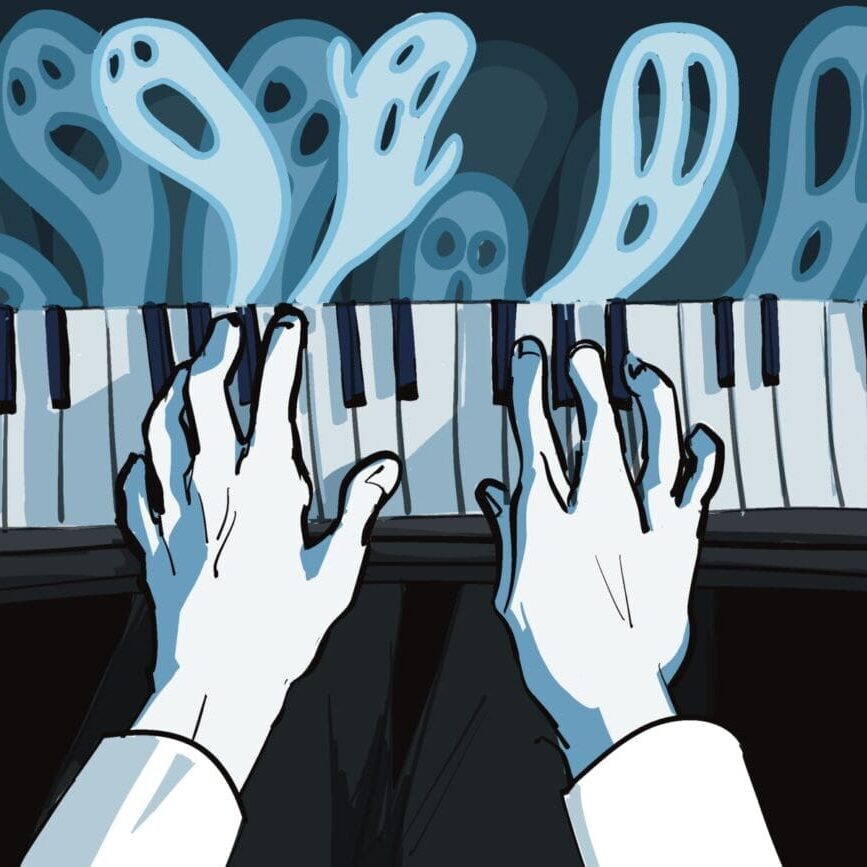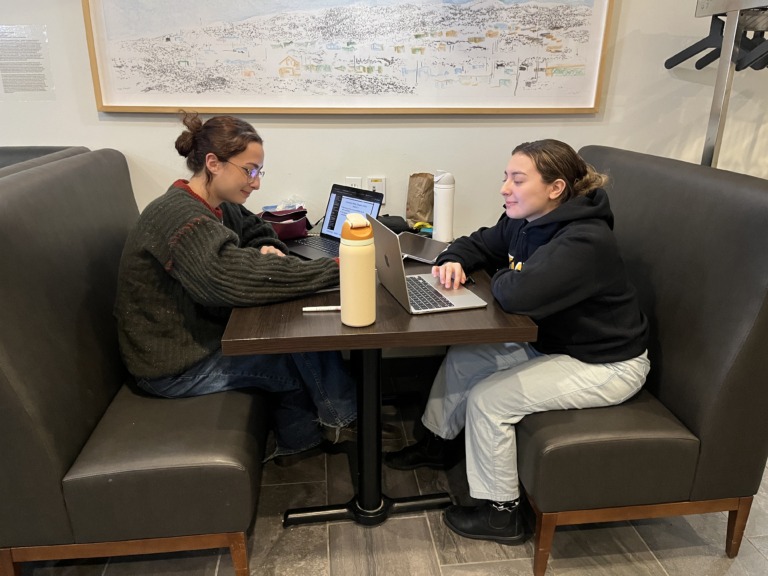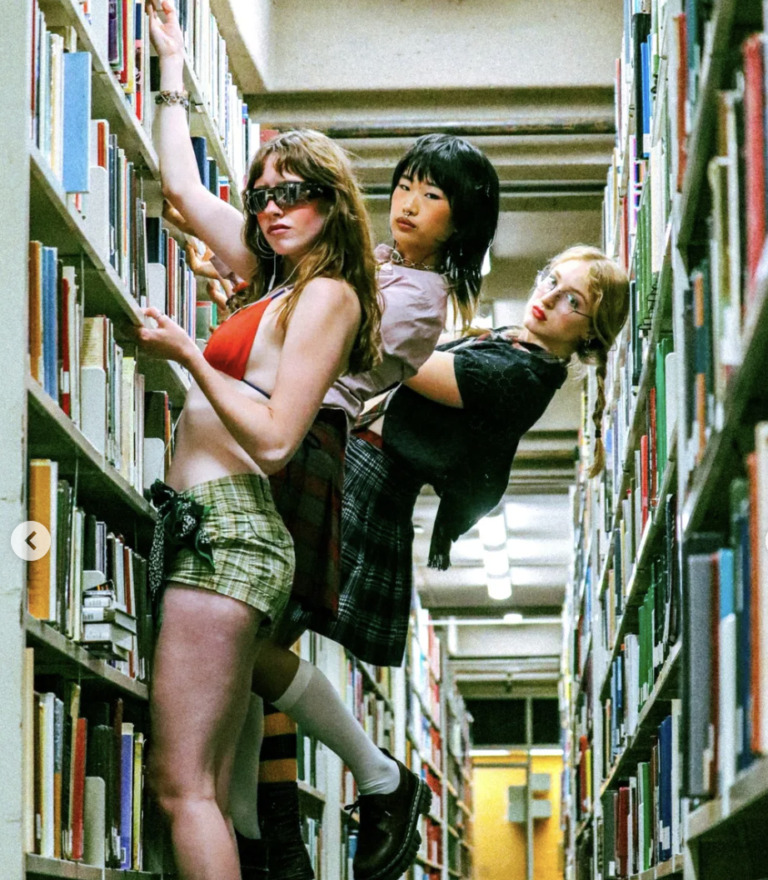
The sounds of fear
How composers craft the perfect horror soundtrack
If you were lying in bed with the lights off and suddenly heard a slow repetitive creaking somewhere in your home, you would bolt upright. If deep in a forest, late into the evening, a low humming emerged from the trees, you might be inclined to hold your breath. Or maybe if you’re in a silent dark basement and hear a grating, quivering metallic note pierce the void, you might let out a little scream.
In film, these horrifying scenes are made more frightening by the creepily crafted soundtracks that haunt horror classics. For decades, horror movies have engaged and terrified viewers through music. Some tracks have seen massive success and emerged as cultural phenomena, such as the anticipatory Jaws (1975) soundtrack or the messy Get Out (2017) score.
Setting the scene through musical deviation
Creating horror soundtracks is rooted in storytelling and expectation. Horror films manipulate the viewer’s sense of safety through auditory and visual trickery, using instruments, pacing and themes to capture the spooky vibe.
Jacob Caines, the associate director of music at Dalhousie University, says horror music utilizes deviation to evoke reactions from audiences.
“If something shifts away from what you expect it to be, it’s going to sound uncomfortable,” Caines says. “In Western tradition, we’re used to notes being held in one place… Anything to do with the expectation of a norm and the shifting of a norm will sound weird and jarring.”
Horror music bets on the viewer’s comfort with a theme, a series of notes or an instrument that elicits ease. When these norms are attacked, the scene shifts to one of dread.
Caines says, “It’s maybe the most eerie when you take something that should be by all accounts major, happy, nice, calm and they make that unsettled.”
This technique is expertly done in Midsommar (2019), the Ari Aster indie horror film, in which a jovial, lush scene begins to feel off with a sudden shift in musicality. As the harped-filled, shaky track grows noisier, the character’s grasp on reality crumbles in tandem with each note.
Jaws, Steven Spielberg’s well-loved 1975 masterpiece, engages in musical pace subversion. Rather than using instruments to deceive listeners, John Williams composes with varying tempos. The classic theme is a growing ‘duh-duh’ which foreshadows impending dangers. It begins patchy, with deep and slow string bumps but quickens with the interjection of brass at random intervals. This use of expectation and subversion allows listeners to follow the piece, and grow anxious with it, as it recedes and grows again with the scene.
Incorporating film themes
Caines also notes the use of theme as a tool for composers to subconsciously worry listeners.
“The ‘Dies Irae’ pops up everywhere. For seven or eight notes, it’s pretty evocative… It’s a kind of cheat code for feeling uncomfortable about something.”
The Dies Irae is an ancient string of notes utilized regularly in forms of musical storytelling to evoke a sense of incoming death. Its use is extensive, from Disney’s The Lion King (1994) to The Shining (1980). There is a subliminal understanding that when the Dies Irae plays, death follows suit. Next time you watch a movie, pay extra attention to scenes involving death. You may hear the seven descending notes.
Horror music incorporates these three elements into composition repeatedly: musical expectation subversion, musical pace interruption and hidden theme messaging. How, then, do horror films feel new and dreadful each time?
Caines says, “Everything needs context. I don’t think there’s anything that works across the board without context.”
Pulling directly from the film itself is a trick as old as filmmaking itself. Diegetic music refers to compositions that incorporate sounds originating within the world of the film itself, creating an immersive connection between the music and the narrative. Take James Wan’s Insidious (2010), a story about a boy who becomes a vessel for a demonic entity. As worlds collide and life and death switch places, the sound design and composition do the same. Door slamming and floorboard creaking sounds add percussion and rhythm to the soundtrack while bringing together music with the scene’s story.
Horror music is scary because, like the film it inhabits, you’re never sure of what comes next. Will it be a loud, cacophony of grating screams? A gentle, looming lullaby? Or simply silence, with a low, incomprehensible sense of dread around the corner?






